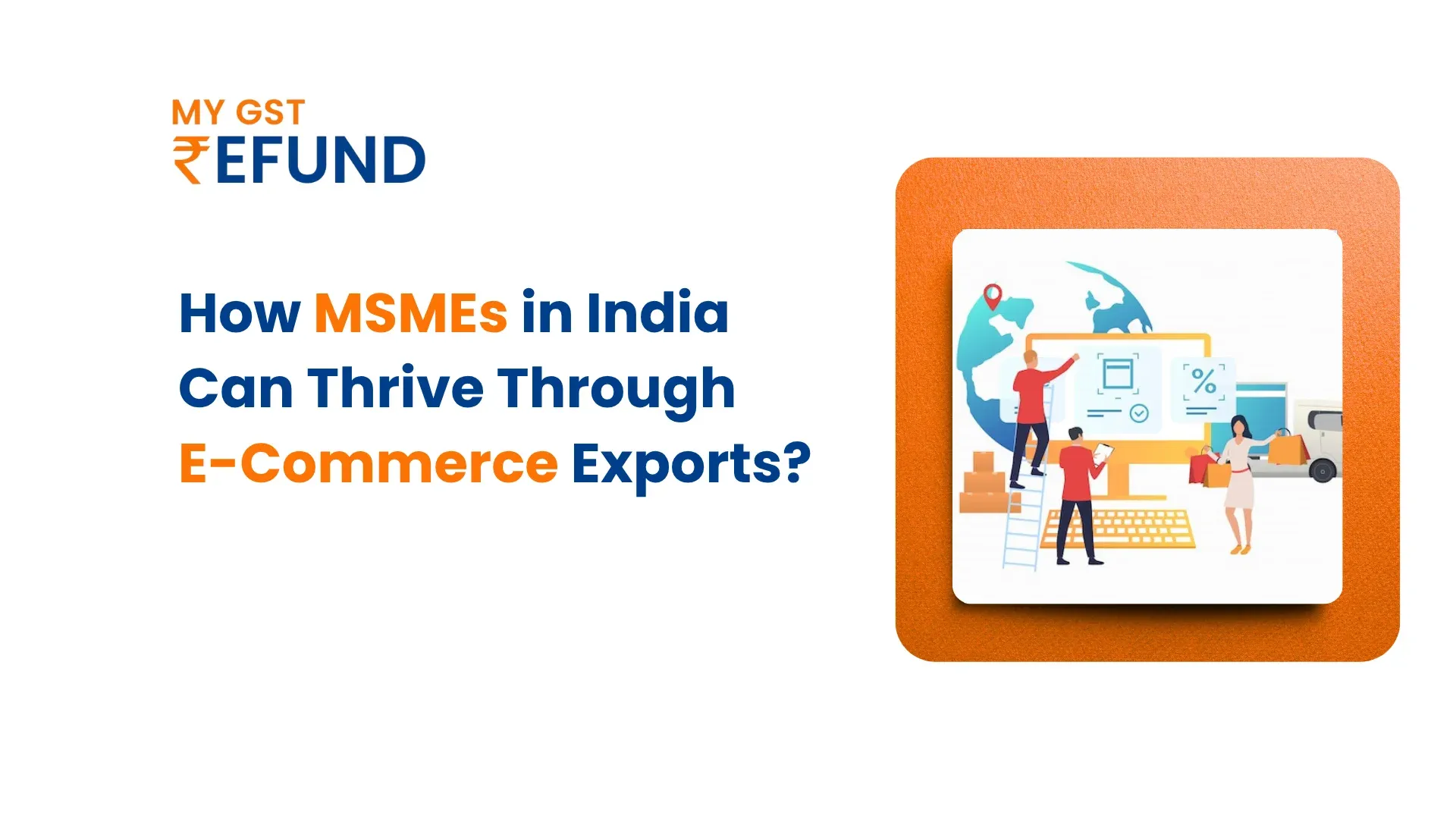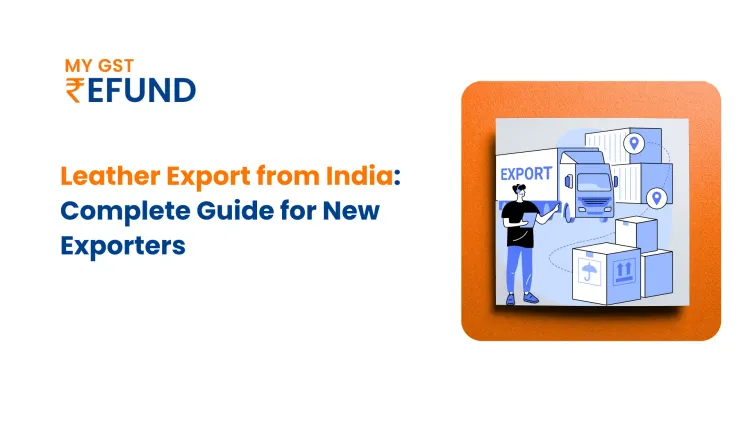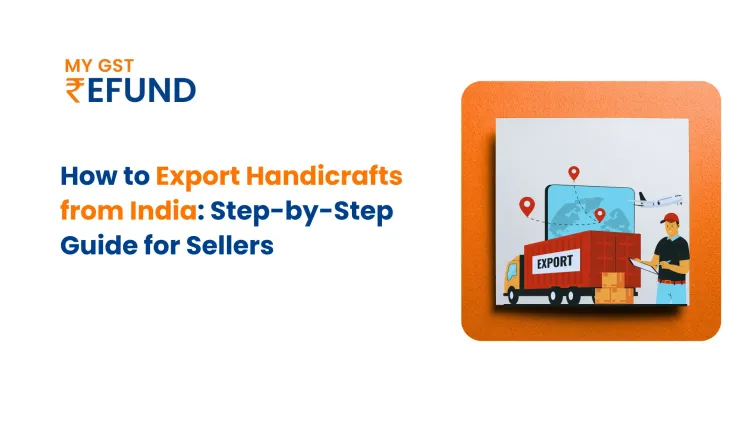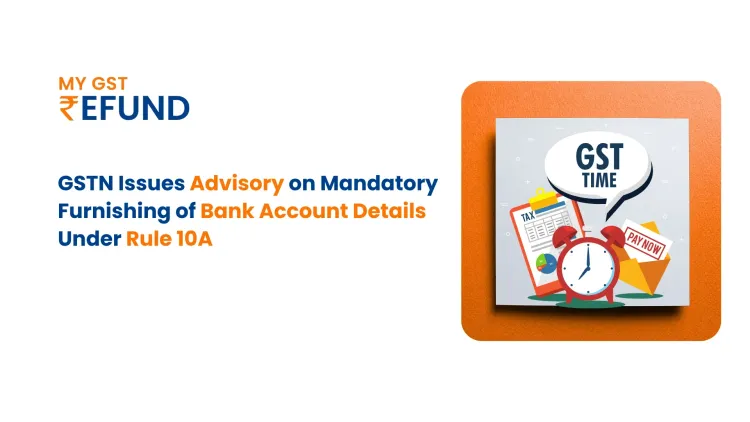How MSMEs in India Can Thrive Through E-Commerce Exports?
The growth of India as a 1 trillion merchandise export economy by the year 2030 is based on cross-border e-commerce. With the global market reaching its $800 billion mark by 2025 and its eye on making some $2 trillion by 2030, India's MSMEs have never had an easier opportunity to exploit their international demand through e-commerce exports.
This blog goes into deep thought about:
- The e-commerce exports and their implications on the small and medium businesses
- The implication of the e-commerce exports program in the FTP 2023 of India
- Exportation through export via e-commerce.
- Selecting the products, Market, prices, logistics, compliance, and scaling strategies.
What is E-Commerce Exports?
E-commerce exports mean the export of products to foreign markets directly by using the internet or web the traditional middlemen that including distributors and overseas agents, are eliminated. These exports and imports are made at the level of individual ships, prompted by consumer demand.
E-commerce exports mean the export of products to foreign markets directly by using the internet or web the traditional middlemen that including distributors and overseas agents, are eliminated. These exports and imports are made at the level of individual ships, prompted by consumer demand.
Key advantages:
International gap- Your goods are identified across the globe
Reductions in cost - No foreign office or storage areas
Higher profitability- Direct-to-consumer- No middle men
Efficiency - There are integrated platforms in listing, payments, logistics e-commerce that provide retailers with a package of interconnected resources such as product cataloguing, sales and marketing, payments, logistics, and after-sales services -all of which through one medium.
About 6.6 percent of the overall international movement of merchandise is done via cross-frontier e-commerce, and it is an industry that has yet to finish increasing in India
Fostering E-Commerce Exports through DGFT Initiative and Why it Matters?
In FTP, 2023, DGFT, in conjunction with Customs and the Department of Posts, initiated the e-commerce exports program to:
- To put in place 1,000+ Dak Niryat Kendras (DNKs) connected to Foreign Post Offices, to address the last-mile requirements of exporters through postal services.
- It also makes export infrastructure accessible to small sellers and businesses in non-urban and remote areas, which can engage in e-commerce for exports through exporters without access to main logistics terminals.
- Facilitate cross-border shipment through postal and courier channels through ECCS-linked courier paperwork.
- It reduces delays and compliance headaches, helping exporters save time and money while expanding their reach through trusted courier services.
- Settle bottlenecks in payment through partnership with banks (AD Category-I) in matters relating to IGST Refunds, export realization, and remittances.
- Efficient financial processes mean faster cash flow, reduced paperwork stress, and better trust between buyers and sellers in global export via e-commerce transactions.
This e-commerce export program offers a streamlined, scale-up export process- it does not matter whether you are selling crafts, spices, herbal products, or clothes.
When & Where to Sell: Focus on Shopping Behaviour, Indian Diaspora & Festivals!
Understanding Global Shopping Behaviour:
An important target audience residing outside India is Persons of Indian Origin (PIOs), who have a high demand for Indian-based products.
This presents an immense probability of export of Cross-border B2C E-Commerce.
Popular categories for e-commerce exports include:
- Handicrafts
- Food products
- Festive items and religious items
- Indian apparel
To increase the demand for their products, the exporters must export via e-commerce to particular holidays and festivals, where the demand is bound to be naturally high.
One should track international events of sales and local seasonal sales patterns.
Culture festivals: Navratri, Christmas, Eid, and Diwali
Global shopping holidays: Cyber Monday, Black Friday, Black Friday Zalando, Boxing Day, and Days of Single IVs (China).
The sellers should also be keen enough on observing seasonal events of shopping, e.g., back-to-school sales. You will also increase the visibility and attractiveness of your export business when you export via e-commerce, by providing specific discounts and deals to consumers in various countries and regions.
This helps maintain steady, year‑round demand through strategic promotions.
How to Sell: Effective Pricing Strategies
Smart pricing is crucial when you export via e-commerce:
1. Cost-plus pricing – The prices are fixed under a specific margin of the total cost of products; simple to manage, and it is best suited as an initial step when new people get into the E-world, Commerce businesses.
2. Penetration pricing – The prices are maintained at low levels, so as to establish a foothold in a highly competitive market and get a customer base; one of the early general penetration-based pricing strategies is discounts.
3. Price-skimming – Prices of new products are maintained so as to reflect prices initially. Spending on promotion and thereafter prices are reduced in accordance with the new development in competition. It is ideal in the case of new
new products or when venturing into a virgin market.
4. Market-based pricing – Pricing is done on competitor pricing/ overall market pricing to remain in sync with the demand.
5. Charm pricing – The presentation of prices is done in such a way that it becomes more attractive to the
customer. A typical instance of this is selling an object at a discount-
price, i.e., 9.99 dollars rather than 10 dollars. Slashing is another instance (an example) of not printing the original price and giving it its own place next to the discounted price.
6. Anchor pricing – A product is sold at a price countered with the starting one or a similar one.
a) Discounting an item by firstly charging it at a higher rate
b) Charging sectional prices of upscale products much more than the previous one draws the attention of customers to the upscale products.
How to Find a Marketplace Online & Design Catalogue?
Onboard the Right Marketplaces
Sell through international marketplaces such as Amazon, eBay, Etsy, and social commerce such as Instagram, WhatsApp, and Facebook Marketplace. MoU-based (with Shiprocket) and district-level onboarding is promoted under the e-commerce exports program.
Best Practices of Catalogue
- Use Seo friendly target keywords and titles.
- Post high-resolution multiple-angle photos.
- Have an appropriate specification, dimensions, and care.
- Give an emotional appeal by offering storytelling.
- Add certification labels (e.g, organic, AYUSH).
Interactive catalogues promote visibility, as well as trust.
Packaging Your Products:
Much depends on the best packaging:
- Pack everything in international quality packaging: tough, weatherproof, and tamper-proof.
- Mark that with clear details of the product, HS codes, exporter details, and the instructions to handle them.
- Make the unboxing an action to remember so that the memory can encourage them to make another purchase and share on social media.
Key Documentation Requirements:
Before starting export via e-commerce, secure the following important documents on e-commerce exports:
- PAN, GSTIN, and Importer-Exporter Code (IEC).
- AD Code from your bank.
- Customs compliance with ITC (HS) classification.
- Shipping documentation: Postal Bill of Export (PBE III/IV) or Courier Shipping Bill, through ECCS, IEC(Importer-Exporter Code).
- Ensure that the status of export policy (Free/Restricted /Prohibited) is recorded at the initial stage.
Through timely documentation, the process of customs clearance is quickened, making e-commerce export operations smooth.
Choosing the Right Logistics for Your Needs
Postal Route (DNKs & FPOs)
- Suitable for parcels of weight 2 kg and below (EMS, Small Packet).
- This is because you enroll yourself in the India Post registered as IEC/GSTIN/AD.
- Walk PBE III, drop documents, and obtain barcode labels, and drop at DNK/FPO.
Courier Route (ECCS-enabled)
- Use courier partners to access ECCS.
- Seamlessly connects with shopping malls where one can pick up and return his/her door purchases.
- This route is used by shipments >2kg that have custom clearance and tracking services.
Filing of IGST Refunds & Handling Returns:
Postal Route: Apply receipts in PBE III and enter GSTR-1 Table 6A.
Courier Route: Create an ECCS shipping bill to claim the IGST Refund.
Handling Returns & Rejections
- ECCS facilitates the re-importing of returned items; uploading of the Return confirmation to ECCS.
- The postal returns are not treated differently; see customs circulars.
Onboarding E-Commerce Platforms & Social Commerce
Traditional Platforms
The following are the required steps of registration:
- Making seller profiles (IEC, GSTIN, PAN).
- Purchase of referral/cataloging/fulfillment charges.
- Adherence to documentation on platforms.
Social E-Commerce
Instagram Shops, WhatsApp Business, the Facebook Marketplace, and Telegram. Do a live tape, circulate product books, and demonstrate unboxing videos to embrace diaspora and overseas audiences.
Selecting the Right Payment Method:
Integration & Payment Destinations
You can be paid through:
- Marketplace-inclusive gateways (< $10k).
- Payment services: PayPal, Stripe.
- Bank remittances: SWIFT/RTGS through AD banks.
Payment Terms & RBI Guidelines
- Export proceeds realization: 9 months (15 months in case of warehousing); banks can give a 6-month extension.
- Non-realisation write-off allowances are 5 percent (normal) or 10 percent (status exporters).
- EDPMS and AD bank will guarantee the input of EDPMS and the issue of BRC/e-BRC recovery/rewar
Why Now Is the Time for E-Commerce Exports?
DGFT e-commerce exports program is an exemplary ecosystem in which an eco-system empowers the MSMEs. The impediments to export through e-commerce are at their lowest with infrastructure (DNKs), smooth customs clearance, reconciliation of payments, and training support.
Having an artisan job as a handloom weaver, a spice manufacturer, an herbal products manufacturer, and an accessory creator, the world's demands are valid. Get access, prosper worldwide.
Final Thoughts
The Indian MSMEs have an option of reaching global audiences through e-commerce exports at even cheaper costs than traditional exports. With the support of DGFT, which offers e-commerce exports, along with powerful online platforms, intelligent supply chains, and payment platforms that comply with the requirements of the RBI, your brand could switch cargo and go global in a couple of proactive measures.
Related Posts








